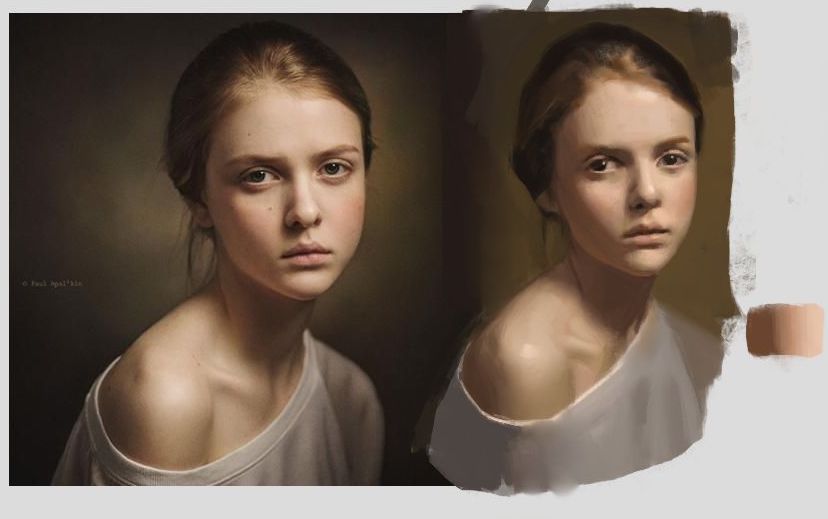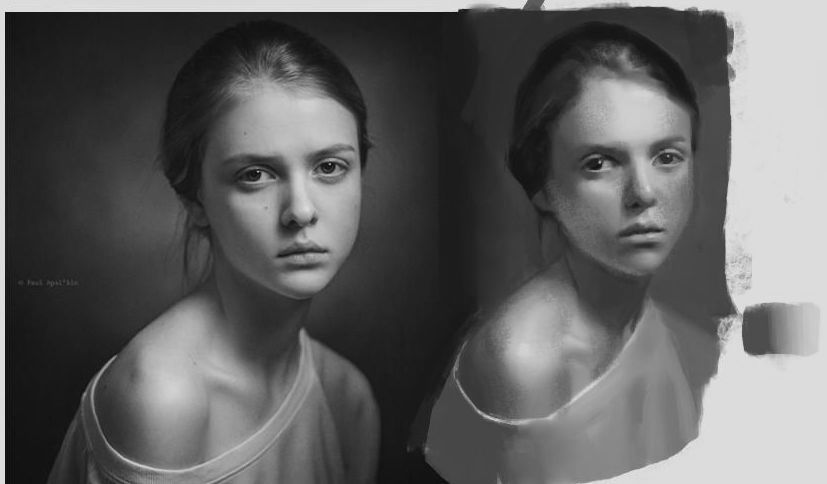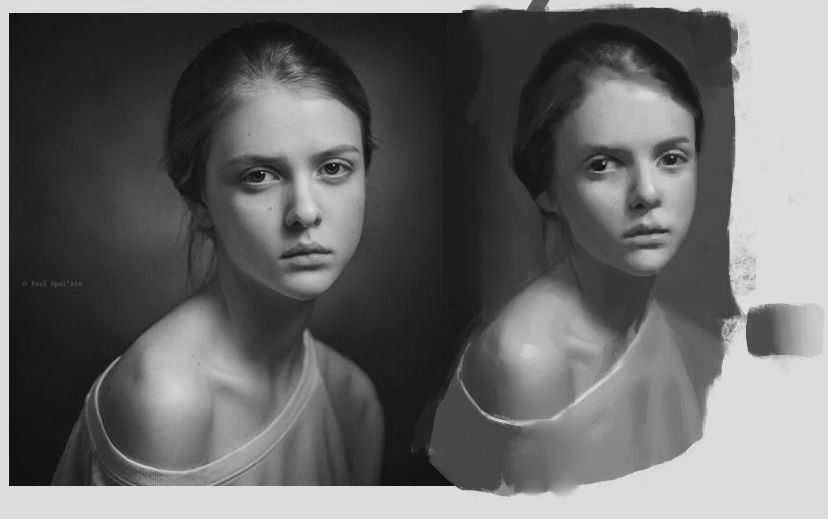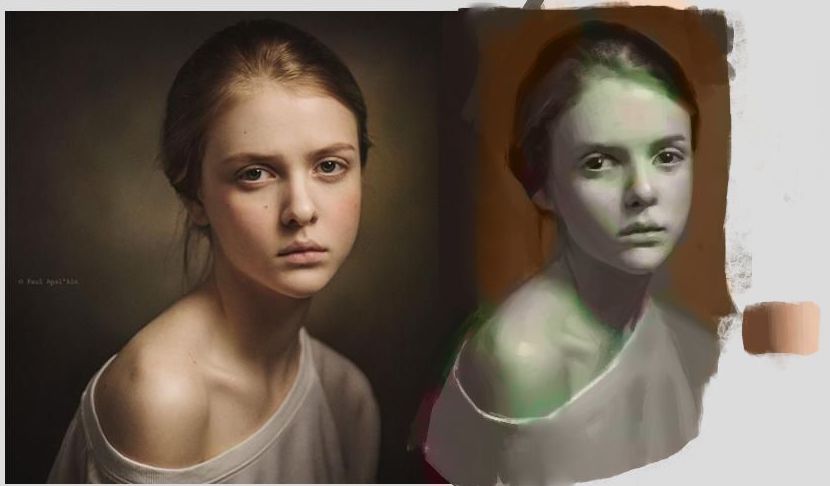I have to say in my estimation, muddy colors are almost always a result of values being wrong. This can be proven, too, because if you have a painting which looks muddy to you, you can put it in black and white and look at it without color. If it still looks muddy, even though there's no color, then logically the color wasn't the problem.
Also you can do the same thing with a nice painting.. Just put random and ugly colors all over it on a color layer. It won't look good, but it won't make it muddier. Colors is practically inseparable from value. Color is composed of value and hue, so if you have the value wrong, you have the color wrong, too. This is why it's often best to study light and shade without color.
I don't want to use someone else's work as a bad example, so i'll just use mine.
I did this color study a few years ago, so it's old, and I'm not going to claim it's perfect or anything like that. But i don't think the colors are muddy either, it's pretty clear.

If I mess up the values, the modeling, you get that recognizable muddy look that we want to avoid. It looks like she has dirt on her face or something. And you could say, oh but it's because the color is too grey or not red enough or something. But no. If you put it in black and white, the problem remains. So it isn't the color that is the problem.



And on the other hand i could take the other version and paint completely wrong colors without changing the value. It doesn't look very good. But it's actually kind of hard to make it look muddy.

Of course, it's very rare to get values exactly right while having the color completely wrong, usually both are going to be wrong if you're painting in color. Which is why if there's a problem, question the values first, before assuming it's the color.
So a great exercise to improve color is to paint in color, of course! But no color theory in the world will be of help unless you can also get the value right, and in the right place for whatever you're painting, which also applies to something not from reference. Probably applies even more to digital art and concept paintings, since you're not doing a direct translation from nature. So you need to understand value in terms of light on form really well. And in fact I would recommend just forgetting about most color theory that gets repeated a lot. It kind of just puts ideas in your head you don't need at all. Like it's a lot of rules that are true sometimes, but not always. That's just my hot take though, I'm sure lots of people would disagree lol. It's not that there's nothing you can learn about it, but it's probably better to approach the subject without prejudice of what color should be. You learn more just from doing paintings, and realizing your mistakes.












